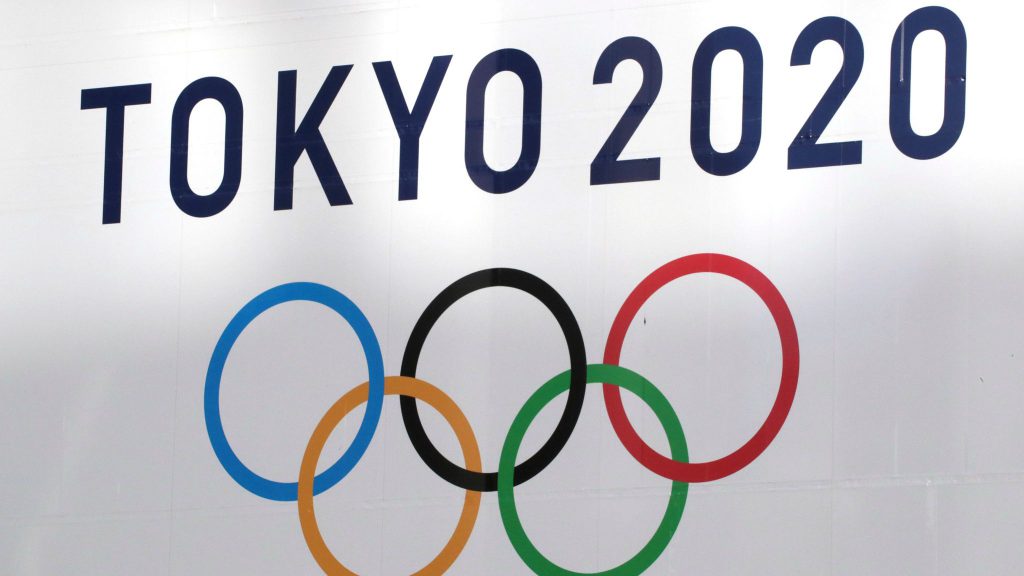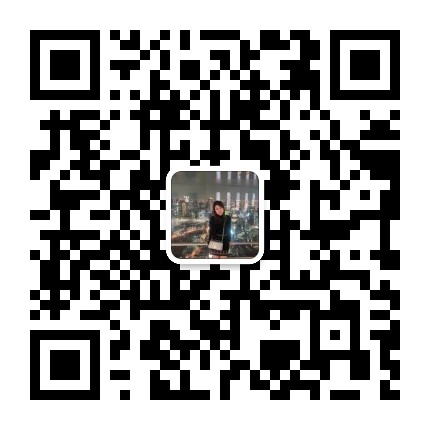Why does the Tokyo 2020 Olympics use saliva for nucleic acid testing?
2021-07-30
After a one-year delay, the 32nd Summer Olympic Games officially opened in Tokyo on July 23, and athletes from all countries have settled into the Olympic Village.
Athletes and spectators from around the world are flooding into Tokyo, putting enormous pressure on Japan’s efforts to prevent and control COVID-19 and nucleic acid testing.
In this case, the Japanese airport quarantine did not choose the traditional nasopharyngeal swab sampling method, but saliva as the sample for COVID-19 nucleic acid test.
We are to do pharynx swab sampling commonly, “saliva” does nucleic acid test depend on spectrum? Today we will reveal the truth of saliva nucleic acid testing for the Tokyo Olympic Games.
En este método de detección,, a cada persona se le da un tubo de ensayo en el que escupe 1,5ml de saliva.
También hay un requisito antes de la prueba.: 2 horas después del cepillado. No bebas, comer, fumar o cepillarse los dientes 30 minutos antes de la prueba. En estos Juegos Olímpicos, todos los participantes en aeropuertos y hoteles utilizaron este método para detectar el COVID-19 .
Esta prueba se probó hace un año.
En Mayo 2020, los Estados Unidos. La FDA otorgó una nueva autorización de uso de emergencia para la prueba de saliva COVID-19 de la Universidad de Rutgers, lo que la convierte en la primera prueba de saliva aprobada por la FDA para usar en el hogar. La prueba de saliva COVID-19 se implementó oficialmente en Osaka, Japón en junio 6, 2020, para contactos cercanos con síntomas dentro 9 dias de inicio.
Previamente, La prueba de COVID-19 generalmente requería la recolección de moco de las profundidades de la nariz o la boca del sujeto. Esto podría deberse a una infección asintomática., se cree que esta acción hace que el paciente tosa o estornude fácilmente, aumentando el riesgo de infección.
Esto podría deberse a una infección asintomática., el nuevo método de detección de saliva ya no requiere personal, y solo necesita recolectar saliva por el propio paciente, que es simple y seguro.
 Procedimiento para la detección de ácidos nucleicos en saliva
Procedimiento para la detección de ácidos nucleicos en saliva
Los más utilizados hisopo faríngeo las muestras de ácido nucleico fueron tomadas, la clave es recoger la profundidad y la longitud del contacto y la membrana mucosa, por lo que necesita muestrear la profundidad de los investigadores durante un muestreo prolongado, y la detección de saliva necesita tos profunda más tarde en lugar de una muestra de saliva ordinaria, debe hacer 3 ~ 5 tiempos de pozo profundo, tratar de descargar el virus en las vías respiratorias, garantiza la saliva o hay mucho virus.
Según la investigación internacional actual, the saliva nucleic acid detection sampling method has a sensitivity reduction rate of 10% a 20%, but if it is tested continuously for one or two weeks, it can also have a certain effect in principle.
The current research has indeed proved that the sensitivity and specificity of saliva nucleic acid detection are comparable to the most common nucleic acid detection methods of nasopharyngeal swabs.
The McGill University research team published a study in the top international medical journal ACP (Journal of the American College of Physicians). Through a comprehensive analysis of 37 studies on the sensitivity of hisopos nasofaríngeos and saliva in the detection of COVID-19, the results The conclusion is that saliva sampling seems to be an equally sensitive, safe, and cheaper alternative to nasopharyngeal swabs for nucleic acid testing.
It is worth mentioning that this method of saliva nucleic acid detection has not been used in my country.
Actualmente, laboratory testing of new coronary pneumonia is mainly carried out from two aspects:
One is the pathogenic test, eso es, the COVID-19 nucleic acid test; the other is the serological test, eso es, the COVID-19-specific IgM antibody test.
The former is better for early diagnosis, while the latter is not suitable for early diagnosis. Por lo tanto, nucleic acid detection is the most familiar to us.
The principle of saliva nucleic acid detection is the same as that of nasopharyngeal swabs, which are based on real-time fluorescent PCR technology for COVID-19 nucleic acid detection.
Compared with nasopharyngeal swabs, saliva testing has its limitations-it will increase the complexity of processing samples and testing time. This is because the saliva specimens are relatively viscous and require pre-liquefaction processing like sputum specimens, which increases the detection steps and time.
But since the Tokyo 2020 Olympics chooses saliva testing, there must be certain advantages, eso es, it is more time-sensitive.
The new saliva virus detection method jointly developed by Nihon University and Tokyo Medical University can detect results in just 19 minutos. When the test sample and the reagent are mixed and heated, the positive test results will show different colors. Actualmente, the testing team has completed 100 experiments, and the accuracy of this testing method is comparable to that of PCR testing. Por lo tanto, in the future, Las pruebas de ácido nucleico en saliva realmente pueden popularizarse y usarse.

















